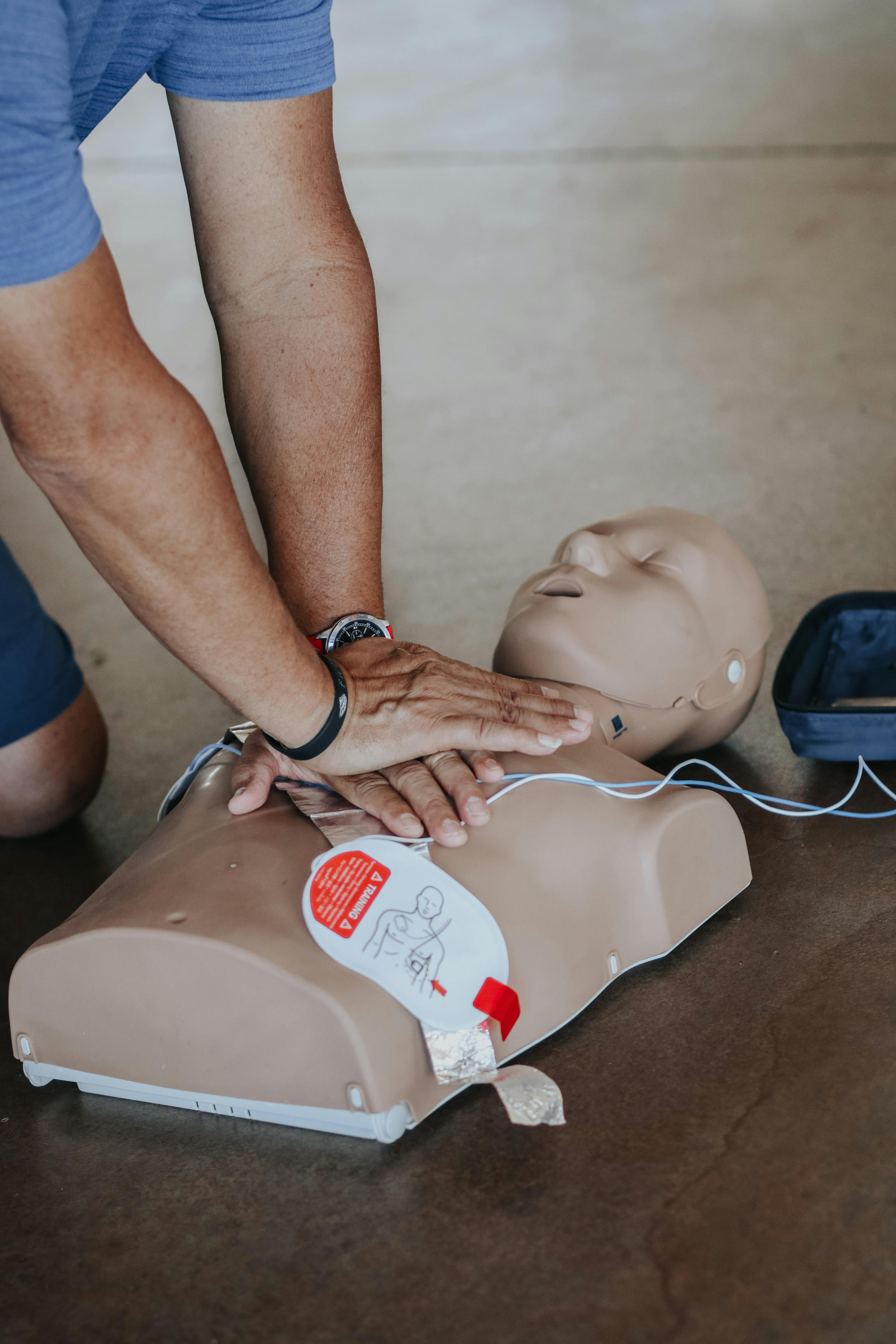Apply Now
Effective Ways to Set Up a Pea Puffer Tank in 2025
Introduction to the Pea Puffer
The pea puffer, often hailed as one of the most charming freshwater pufferfish species, is a captivating addition to the world of aquaristics. Known for their quirky behaviors and vibrant personalities, these tiny fish, measuring only about an inch or two in length, have specific needs that must be met to ensure their well-being. Whether you're a seasoned aquarist or a beginner, understanding the ideal setup for a pea puffer tank is crucial.
When setting up a habitat for your pea puffers, you need to consider things like the tank size, water parameters, and tank mates. Since these fish thrive in well-maintained environments, creating a suitable habitat not only enhances their health but also showcases their unique behaviors.
In this article, we'll explore effective ways to create the perfect pea puffer tank, touching upon essential care requirements, suitable tank mates for pea puffers, and the best aquatic plants for your setup. We will also provide insights on puffer fish behavior, giving you a comprehensive understanding of what makes these fish special.
Choosing the Right Tank Size for Pea Puffers
Selecting the ideal tank size is a foundational step in your pea puffer care journey. Pea puffers are small, but they require ample space to swim and explore their environment. A tank of at least 10 gallons is recommended for a small group of these fish to thrive. Not only does this size provide adequate swimming space, but it also helps maintain stable water parameters, which are vital for their health.
It's important to remember that maintaining water quality in fish tanks is crucial for every type of aquarium fish. A larger tank ensures better water stability and can accommodate tank decorations for pea puffers that provide hiding spots and stimulation. With adequate space, you'll find that puffer fish socialization also increases, allowing them to express their personalities more freely.
Understanding Pea Puffer Water Quality Requirements
Pea puffers originate from freshwater rivers and streams, so mimicking their natural habitat is essential for their overall health. Ideal water parameters include a temperature range of 75-80°F and slightly acidic to neutral pH levels (6.5 to 7.5). Regular testing for ammonia, nitrite, and nitrate levels will help ensure clean water, as puffer fish are sensitive to poor water quality.
In addition to temperature and pH, consider the importance of a puffer fish filtration system to maintain a clean environment. A filter with a gentle flow is best, as puffers prefer calmer waters. Regular water changes also promote a healthy habitat, reducing stress that can lead to health issues.
Creating the Perfect Environment with Aquatic Plants
Aquatic plants are more than just decoration; they play a fundamental role in creating a balanced ecosystem within your puffer tank. Utilizing plants such as Java moss, Anubias, and Amazon swords will not only enhance the visual appeal but also provide essential hiding spots for your pea puffers.
Plants help in maintaining water quality and contribute to the overall aesthetic of the puffer tank. They offer an environment that allows juvenile puffer fish to feel secure while promoting natural behavior. When selecting aquatic plants for puffer fish tanks, ensure they are hardy and can thrive in the temperature range suitable for pea puffers.
Choosing Compatible Tank Mates for Pea Puffers
Pea puffers can be territorial and have specific compatibility needs. When creating a community fish tank, be cautious with tank mates. Smaller and non-aggressive fish such as neon tetras or celestial pearl danios can coexist harmoniously. However, avoid shrimp and other small invertebrates, as puffers may see them as snacks.
Understanding puffer fish compatibility is essential when selecting tank mates. Ideally, your choices should provide enough space for each species to thrive and minimize conflict. Introducing plants and décor can also create boundaries that reduce territorial disputes.
Setting Up a Feeding Schedule for Pea Puffers
Establishing a proper feeding routine is crucial for the health and growth of your pea puffers. They are carnivorous and thrive on a diet consisting of high-quality frozen or live foods like daphnia, brine shrimp, and bloodworms. Incorporating a variety of foods ensures they receive the necessary nutrients and prevents boredom in their diet.
Puffer fish feeding habits can be quite unique, as they are known to nip at food with their beak-like mouths. Observing their feeding behavior will allow you to adjust portion sizes and frequency. Generally, feeding once or twice a day while monitoring their intake will help maintain a healthy and balanced diet.
Maintaining Your Puffer Tank
Regular puffer tank maintenance is vital for a thriving aquatic environment. Establish a cleaning schedule that includes tank cleaning, water changes, and filter maintenance. Implementing a puffer fish tank cycling process right from the start will help ensure that your tank has established beneficial bacteria to break down waste.
Monitoring overall health indicators, such as lethargy or changes in coloration, can signal potential health issues. Maintaining a clean tank environment reduces the risk of diseases, promoting a healthy lifecycle for your pea puffers.
Conclusion
Setting up a pea puffer tank is an exciting journey that requires proper planning and a clear understanding of these fascinating fish’s needs. From tank size and water quality to ideal mates and feeding habits, successful puffer fish care hinges on creating an environment that replicates their natural habitat. By following the guidelines outlined in this article, you'll ensure your pea puffers thrive, offering you endless enjoyment as you observe their remarkable behaviors.

